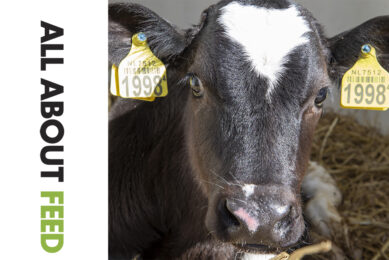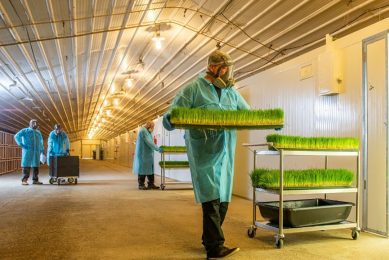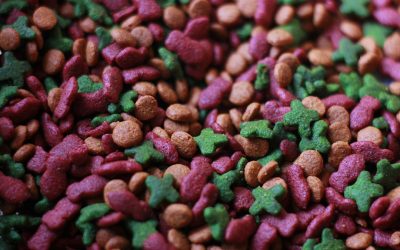Hypo-allergenic dog foods: Supply, demand overwhelm need

Petfoods labelled hypo-allergenic convey the impression that they have little likelihood of causing an allergic reaction. The term hypo-allergenic has no legal definition and no designated minimum efficacy. In the marketplace, hypo-allergenic foods are ubiquitous. Certain dog food lines are all hypo-allergenic, whereas most brands position one or more products as being hypo-allergenic or sensitive.
A food allergy is an individually determined, immune-mediated reaction to a dietary protein. Dogs get an itch, which causes them to scratch and lick, leading to skin lesions. Similar diet-induced symptoms elicited by non-immune mechanisms are considered to be food intolerance, which in popular speech is connected with food allergy. The cure for food sensitivity consists of avoiding the offending food component(s). Veterinarians or pet owners must identify an appropriate food for the dogs concerned.
Purported content claims of hypo-allergenic foods include a limited number of ingredients, novel protein sources and the exclusion of proteins known to cause allergic reactions. Food labels list between two and six protein-containing ingredients, but undeclared protein sources may be detectable. Novel proteins are assumed to be un-eaten and would not have triggered immune responses. Some veterinary hypo-allergenic foods contain protein hydrolysates with impaired immune recognition.
Different types of skin disorders share similar symptoms. Veterinarian-guided feeding tests are necessary to diagnose food sensitivity. A hypo-allergenic elimination diet should suppress the symptoms, followed by relapse when the dog is fed the original food. Amelioration on a commercial elimination diet encourages owners to proceed with the diet without diagnosis, while looking for a similar product in retail for reasons of price and convenience. Other owners skip veterinary consultation and find an acceptable hypo-allergenic food by trial and error.
Some 50% of pet dogs consume industrially produced dry food only. Assuming that 5% of the dry segment is labelled as hypo-allergenic or sensitive and the prevalence of true canine food sensitivity is 0.05%, the supply of hypo-allergenic foods surpasses the need. Food is often blamed for skin problems, clarifying the high demand for hypo-allergenic foods. This demand is maintained by the perceived effectiveness of hypo-allergenic foods as a result of spontaneous recovery, a shift in season or associated interventions. It is reassuring that well-formulated hypo-allergenic foods provide good nutrition.











